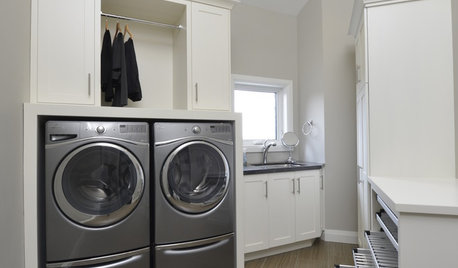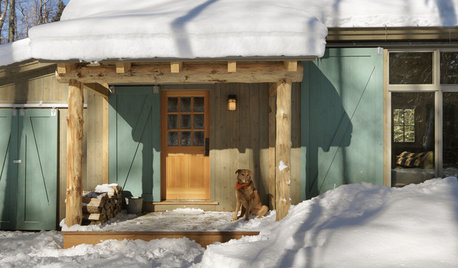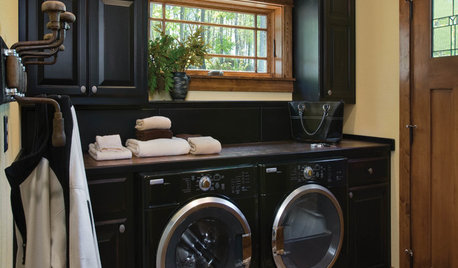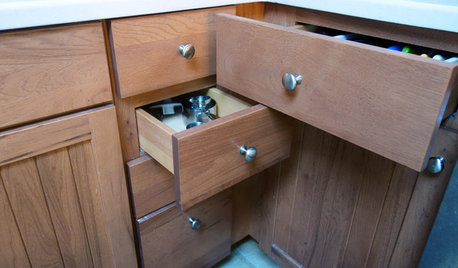Dry Gas vs 10 Ethanol
exmar zone 7, SE Ohio
10 years ago
Related Stories

FIREPLACESDesign Workshop: Is an Ethanol Fireplace Right for You?
Learn the pros, cons, types, cost and more details about ethanol, or gel-fueled, fireplaces
Full Story
FIREPLACESRibbons of Fire: 10 Artfully Minimalist Fireplaces
Long and lean and sleek to the core, these gas-burning fireplaces make a powerful contemporary statement
Full Story
MOST POPULAR10 Smart Ideas for Your Laundry Room Remodel
Make washing and drying easier and more comfortable by considering ergonomics, storage and special features
Full Story
RUSTIC STYLE10 Cabin Rental Basics for City Slickers
Stay warm, dry and safe while you’re enjoying winter cabin life with this valuable advice
Full Story
LIVING ROOMS10 Fresh Ideas for Your Fireplace Alcoves
Not sure how to make use of the space on either side of your chimney? Check out these alternatives to the standard built-in bookcase
Full Story
LIVING ROOMSHow to Convert Your Wood-Burning Fireplace
Learn about inserts and other options for switching your fireplace from wood to gas or electric
Full Story
LAUNDRY ROOMSTop 10 Trending Laundry Room Ideas on Houzz
Of all the laundry room photos uploaded to Houzz so far in 2016, these are the most popular. See why
Full Story
SMALL KITCHENS10 Things You Didn't Think Would Fit in a Small Kitchen
Don't assume you have to do without those windows, that island, a home office space, your prized collections or an eat-in nook
Full Story
FUN HOUZZ10 Truly Irritating Things Your Partner Does in the Kitchen
Dirty dishes, food scraps in the sink — will the madness ever stop?
Full Story
REMODELING GUIDES10 Tips to Maximize Your Whole-House Remodel
Cover all the bases now to ensure many years of satisfaction with your full renovation, second-story addition or bump-out
Full StorySponsored
Franklin County's Full Service, Turn-Key Construction & Design Company
More Discussions






bill_kapaun
ericwi
Related Professionals
Zion Landscape Architects & Landscape Designers · Maple Valley Landscape Contractors · Apollo Beach Landscape Contractors · Gallatin Landscape Contractors · Rochester Landscape Contractors · Waipahu Landscape Contractors · Crystal Lake Decks, Patios & Outdoor Enclosures · Dracut Decks, Patios & Outdoor Enclosures · Glasgow Decks, Patios & Outdoor Enclosures · Hershey Decks, Patios & Outdoor Enclosures · Overland Park Decks, Patios & Outdoor Enclosures · Spokane Decks, Patios & Outdoor Enclosures · Terryville Home Builders · Lodi Home Builders · Placentia Home Buildersbill_kapaun
ericwi
bill_kapaun
exmar zone 7, SE OhioOriginal Author
bill_kapaun
tomplum
krnuttle
tomplum
exmar zone 7, SE OhioOriginal Author
bill_kapaun
tomplum
robertz6
krnuttle
andyma_gw